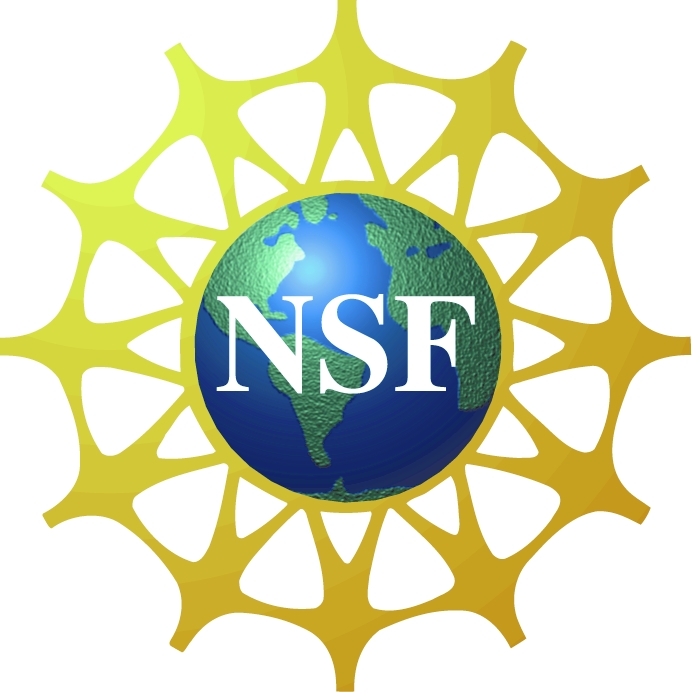Difference between revisions of "Main Page"
m (→What's New) |
(→What's New: - Remove item about FG calls) |
||
| Line 8: | Line 8: | ||
* The 2012 GEM Mini-Workshop was held in San Francisco on Sunday, December 2.([http://gem.epss.ucla.edu/mediawiki/pdf/MiniWorkshopSchedule_GEM2012.pdf Workshop Schedule]) | * The 2012 GEM Mini-Workshop was held in San Francisco on Sunday, December 2.([http://gem.epss.ucla.edu/mediawiki/pdf/MiniWorkshopSchedule_GEM2012.pdf Workshop Schedule]) | ||
* <span style="color:magenta;font-weight:bold;">The 2012 GEMstone (Volume 22) has been published and is available in the [[Newsletters|Newsletters]] section.</span> | * <span style="color:magenta;font-weight:bold;">The 2012 GEMstone (Volume 22) has been published and is available in the [[Newsletters|Newsletters]] section.</span> | ||
| − | |||
== Acknowledgment and Disclaimer == | == Acknowledgment and Disclaimer == | ||
This GemWiki site is supported by the National Science Foundation under Grant No. 0903107. Any opinions, findings and conclusions or recommendations expressed at this web site are those of the authors and do not necessarily reflect the views of the National Science Foundation (NSF). | This GemWiki site is supported by the National Science Foundation under Grant No. 0903107. Any opinions, findings and conclusions or recommendations expressed at this web site are those of the authors and do not necessarily reflect the views of the National Science Foundation (NSF). | ||
Revision as of 11:48, 12 December 2012
Geospace Environment Modeling (GEM) 
Geospace Environment Modeling (GEM) is a broad-based, community-initiated research program on the physics of the Earth's magnetosphere and the coupling of the magnetosphere to the atmosphere and to the solar wind. The purpose of the GEM program is to support basic research into the dynamical and structural properties of geospace, leading to the construction of a global Geospace General Circulation Model (GGCM) with predictive capability. This GGCM model will be modularized and will complement parallel developments of magnetohydrodynamic models. The strategy for achieving GEM goals is to undertake a series of campaigns and focus groups, in both theory and observational modes, each focusing on particular aspects of the geospace environment.
The Geospace Environment Modeling (GEM) program is sponsored by National Science Foundation (NSF) Division of Atmospheric and Geospace Sciences.
What's New
- The 2012 GEM Mini-Workshop was held in San Francisco on Sunday, December 2.(Workshop Schedule)
- The 2012 GEMstone (Volume 22) has been published and is available in the Newsletters section.
Acknowledgment and Disclaimer
This GemWiki site is supported by the National Science Foundation under Grant No. 0903107. Any opinions, findings and conclusions or recommendations expressed at this web site are those of the authors and do not necessarily reflect the views of the National Science Foundation (NSF).